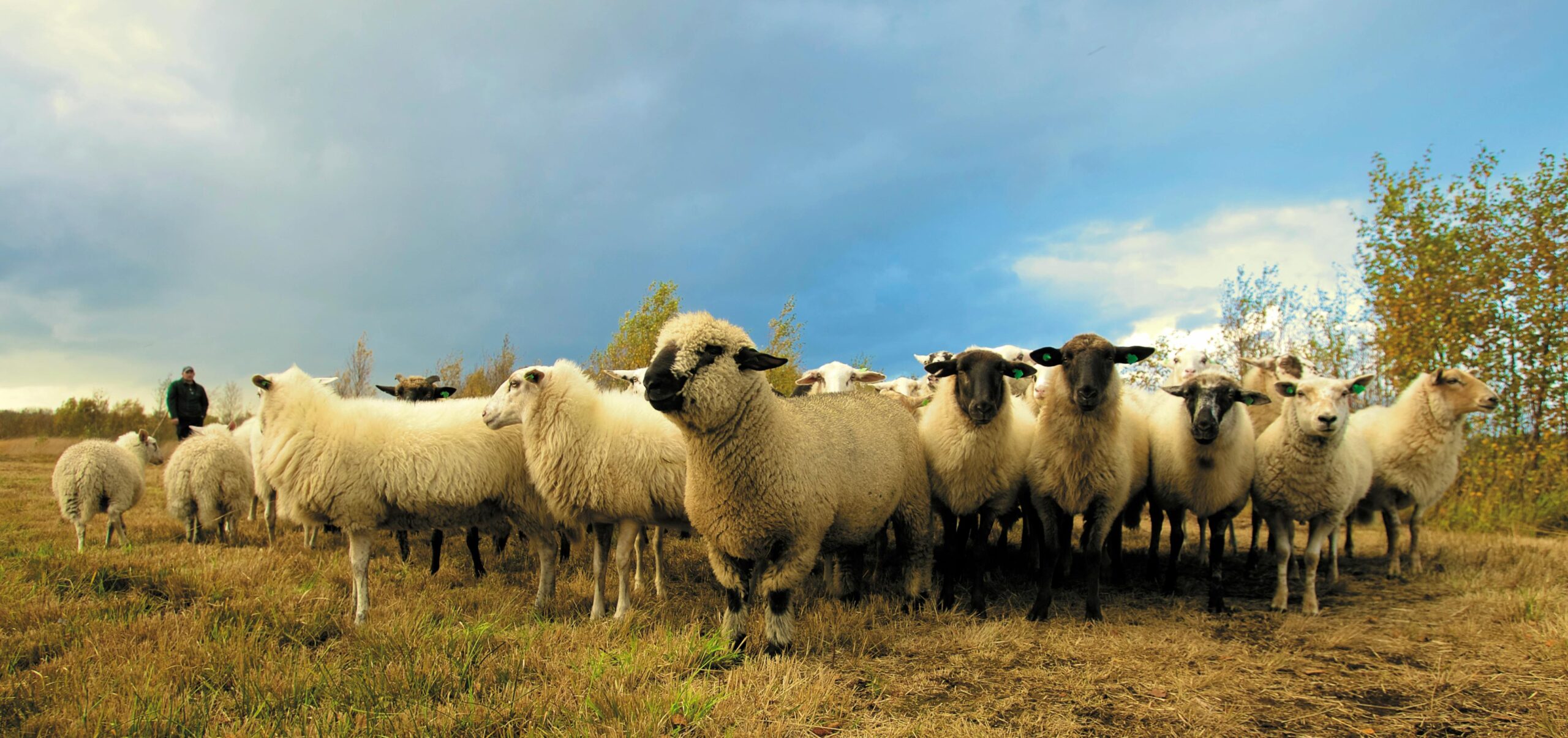
Sheep represent one of humanity’s oldest domesticated livestock species, serving as a vital commodity across multiple industries. This analysis examines sheep through three primary economic lenses: meat production, wool/fiber, and dairy, while addressing global market dynamics and future trends.
1. Primary Commodity Streams
A. Meat Production (Lamb/Mutton)
-
Market Segmentation:
-
Lamb: Younger animals (under 1 year), preferred in Western markets
-
Mutton: Older sheep, dominant in Middle Eastern and South Asian cuisines
-
-
Value Chain:
-
Live animal exports (particularly for religious sacrifices)
-
Chilled/frozen meat trade
-
Processed meat products (sausages, cured meats)
-
B. Wool and Specialty Fibers
-
Quality Grades:
-
Fine wool (18-22 micron) – Luxury apparel
-
Medium wool (22-30 micron) – Knitwear
-
Coarse wool (30+ micron) – Carpets, insulation
-
-
Emerging Niches:
-
Organic wool certification
-
Rare fibers (qiviut, yak-sheep crosses)
-
C. Dairy Products
-
Key Outputs:
-
Cheese varieties (Roquefort, Pecorino, Feta)
-
Yogurt and probiotic products
-
Infant formula alternatives
-
2. Global Production Economics
Leading Producer Nations (2024)
| Country | Primary Focus | Competitive Advantage |
|---|---|---|
| New Zealand | Lamb exports | Grass-fed systems, free trade agreements |
| Australia | Wool production | Merino genetics, scale |
| China | Domestic consumption | Vertical integration |
| UK | Premium lamb | Protected geographical indications |
| South Africa | Dual-purpose systems | Drought-resistant breeds |
Production Cost Structure
-
Feed costs: 45-60% of total expenses
-
Labor intensity: 20-35% higher than cattle operations
-
Breeding stock investment: 15-20% of capital costs
3. Market Dynamics and Pricing
Commodity Pricing Benchmarks
-
Lamb carcass (USDA Choice): $4.25-$6.75/kg
-
Premium Merino wool: $9.50-$14.00/kg
-
Sheep milk solids: $6.80-$8.20/kg
Demand Drivers
-
Religious festivals (Eid, Easter)
-
Luxury fashion cycles
-
Health-conscious dairy alternatives
Supply Constraints
-
Climate change impacts on grazing lands
-
Biosecurity threats (foot-and-mouth disease)
-
Labor shortages in shearing sectors
4. Emerging Technologies
Precision Sheep Farming
-
Electronic ID tagging (mandatory in EU/AUS)
-
Automated wool harvesting prototypes
-
Drone-based flock monitoring
Genetic Advancements
-
DNA testing for wool quality traits
-
Cloning of elite breeding stock
-
Gene editing for disease resistance
5. Sustainability Challenges
Environmental Footprint
-
Methane emissions: 20-30% lower than cattle
-
Water usage: 50% less than equivalent beef production
-
Land use efficiency: 3-5x higher than cattle per hectare
Certification Programs
-
Responsible Wool Standard (RWS)
-
ZQ Merino certification
-
Organic pasture requirements
6. Future Market Outlook
Growth Projections (2024-2030)
-
Global lamb demand: +3.2% CAGR
-
Specialty wool: +4.8% CAGR
-
Sheep dairy: +6.5% CAGR
Key Opportunities
-
Blockchain traceability in wool supply chains
-
Value-added byproduct utilization (lanolin, casings)
-
Carbon credit programs for grazing management
Risk Factors
-
Synthetic meat competition
-
Trade policy volatility
-
Climate-related production shocks
Strategic Recommendations
For Producers:
-
Diversify into vertically integrated wool processing
-
Implement electronic monitoring for premium certifications
-
Develop direct-to-consumer meat sales channels
For Investors:
-
Focus on genetic technology startups
-
Consider wool futures hedging strategies
-
Evaluate pasture carbon sequestration projects
For Governments:
-
Enhance biosecurity infrastructure
-
Support wool research and development
-
Develop climate adaptation programs
This comprehensive commodity profile demonstrates sheep’s unique position as a triple-output agricultural asset with growing relevance in sustainable food and fiber systems. The industry’s future success will depend on balancing traditional husbandry practices with technological innovation and market differentiation strategies.
